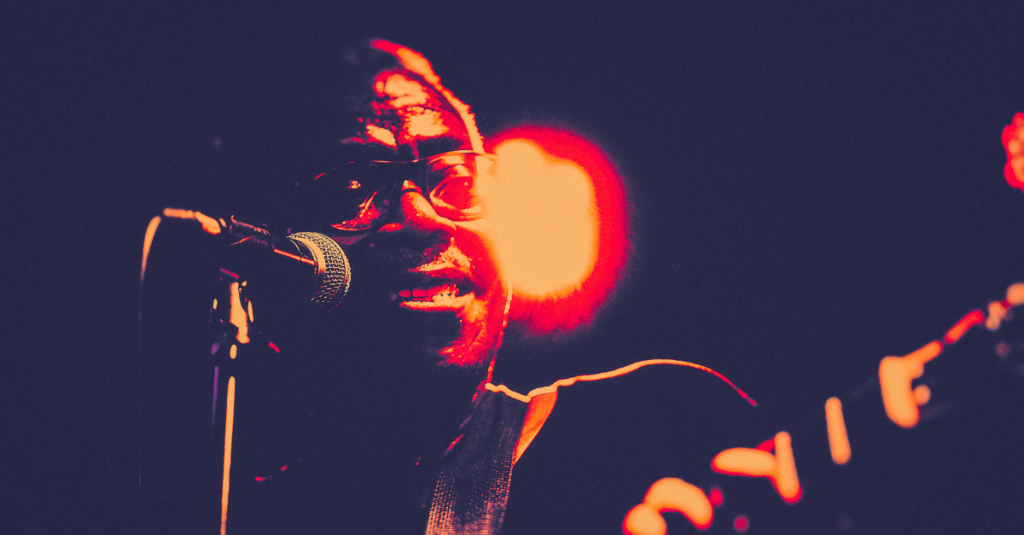
Funk music, characterized by its irresistible grooves and soulful vibe, has left an indelible mark on the music world. This genre’s journey from the smoky clubs of America to worldwide acclaim is a tale of innovation, resilience, and sheer rhythmic power. Let’s embark on an exploration of funk’s explosive rise and its ongoing influence on the rhythmic revolution and dance music scenes.
The Birth of Funk: A New Beat on the Block
In the 1960s, amidst social upheavals and cultural shifts, funk emerged as a musical rebellion. Drawing from rhythm and blues, jazz, soul, and R&B, it introduced a distinct sound that prioritized rhythm over melody. The godfather of funk, James Brown, with his groundbreaking track “Papa’s Got a Brand New Bag,” laid down the genre’s foundational groove. His emphasis on the “one,” a hard-hitting beat that became funk’s heartbeat, revolutionized music’s rhythmic structure.
As funk exploded in the 1970s, bands like Earth, Wind & Fire, Kool and the Gang, and Ohio Players brought the genre into the mainstream, blending it with elements of soul and dance music. Artists like Rick James and the Isley Brothers took funk to even greater heights, creating a sound that defined a generation. Funk anthems like “Nation Under a Groove” from Funkadelic captured the essence of an era, uniting listeners under a banner of groove and social consciousness.
Funk’s Evolution: From Raw Grooves to Sophisticated Sounds

As funk matured, it diversified, embracing influences from psychedelic rock to African music. Bands like Parliament-Funkadelic pushed the boundaries with elaborate productions and futuristic themes, while artists like Sly and the Family Stone fused funk with social commentary, adding depth to its infectious beats. This period saw funk evolve from simple dance tracks to complex compositions that engaged both the body and mind.
Cultural Impact: Funk as a Force for Change
Funk wasn’t just music; it was a cultural movement. Its deep grooves and vibrant energy became symbols of freedom and empowerment, particularly for African-American communities. Funk’s influence extended beyond music, shaping fashion, language, and dance, becoming a vibrant expression of 20th-century black culture. Its legacy of empowerment and resistance continues to inspire artists and activists alike.
The Global Groove: Funk’s Worldwide Influence
The rhythmic revolution of funk resonated globally, influencing genres from disco to hip-hop, and even rock. Iconic tracks like “Le Freak” by Chic and “Uptown Funk” by Mark Ronson and Bruno Mars show funk’s enduring appeal and versatility. Today, funk’s DNA can be found in the beats of modern pop, R&B, and electronic music, proving its timeless and universal groove.
Preserving the Funk: The Genre’s Modern Torchbearers
While funk’s golden era may have passed, the genre is far from forgotten. Contemporary artists like Thundercat, Childish Gambino, and Vulfpeck draw heavily from funk, blending its classic elements with modern sounds. These artists ensure that funk continues to evolve, keeping the groove alive for new generations to discover and enjoy.
The story of funk is a testament to the power of groove. Its rise from the margins to the mainstream highlights music’s ability to unite, inspire, and ignite change. As we continue to feel funk’s influence across the musical spectrum, it’s clear that the genre’s revolutionary spirit and infectious energy will forever pulse at the heart of popular culture. Unleash your inner groove and let the rhythmic revolution of funk move you!







